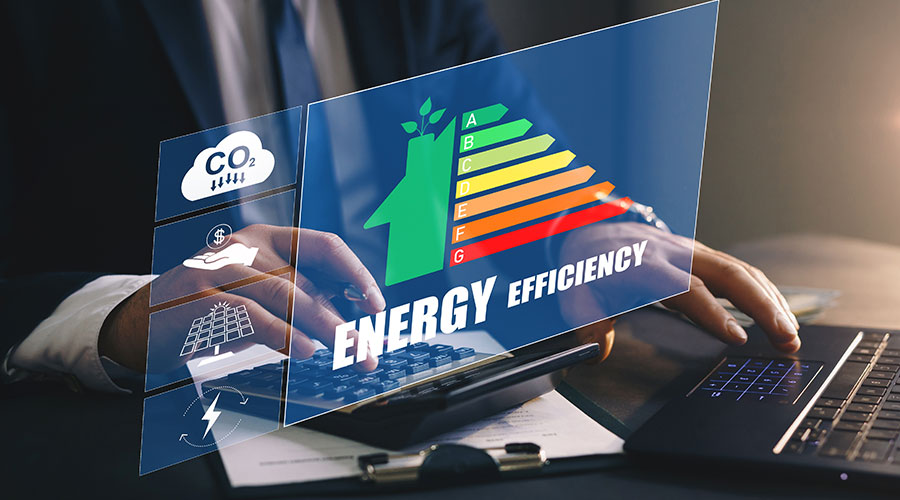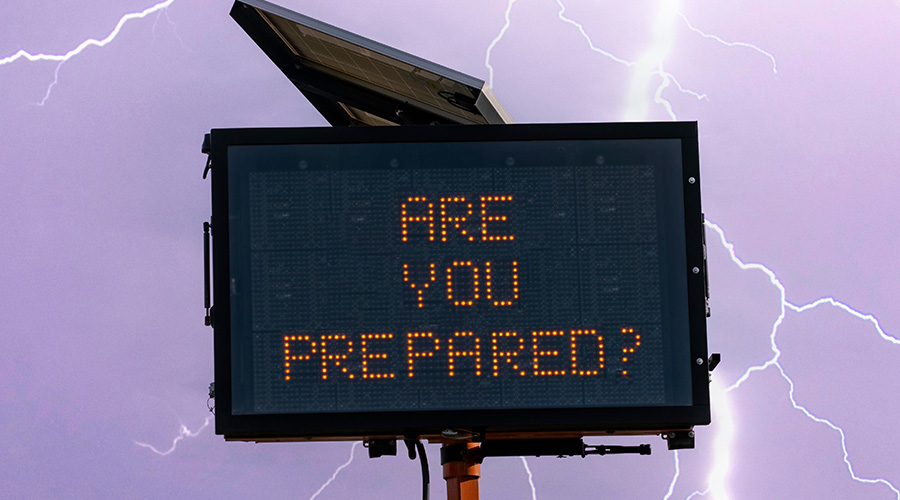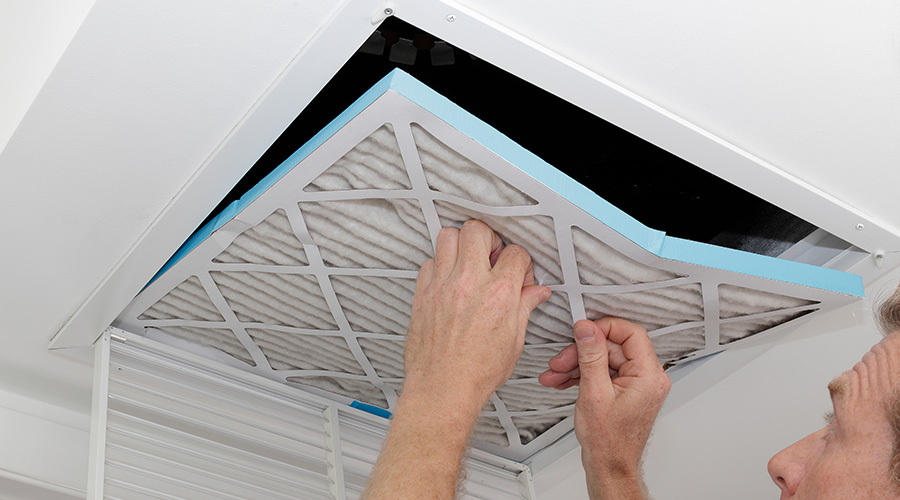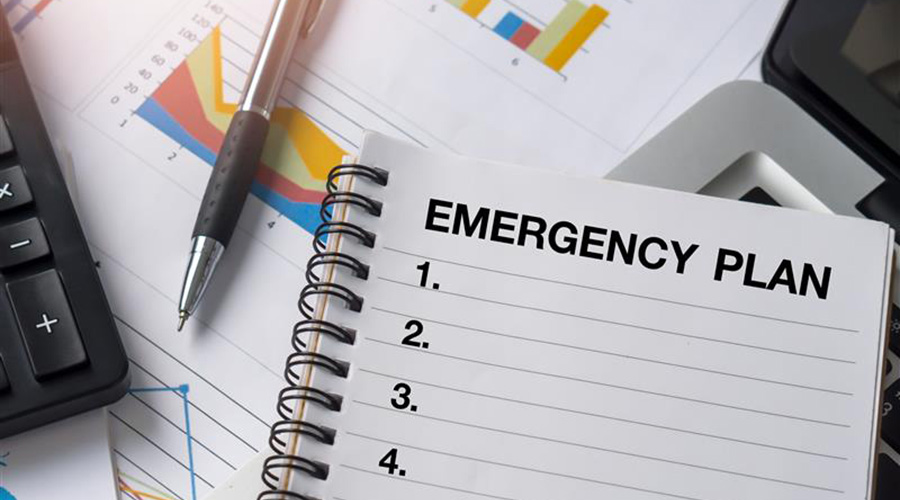Risk Assessment: What Facility Managers Must Consider
Unforeseen circumstances happen, and facility executives need to be prepared for them.
It’s 2025: Do facility executives and building owners know how their buildings would perform when exposed to high winds, rising water or power outages? Predicting the future is like forecasting the weather.
Facility executives think they know what’s going to happen –then it doesn’t. Unforeseen circumstances and non-evaluated risks are inherent components of managing building operations. In fact, many of these inherent risks –if left unidentified, unchecked and unexplored –can have long-term effects on a building’s structural integrity.
In evaluating what comprehensive facility risk assessment should look like, Elisa Paone, principal at Thornton Tomasetti, says executives should create a list of vulnerable and critical systems within their buildings and assess the backup power requirement for each system, including size of the load as well as time required to make a system safe from a loss of power.
“When a building is designed, codes and standards are typically followed that provide backup power supplies for such systems as emergency lighting for egress purposes, fire alarm and fire suppression systems,” Paone says. “After each significant event, a meeting of key players should be assembled to review the backup power response and discuss areas that require improvement. In some cases, although an emergency generator may not be required, a standby generator may be desired in order to keep critical building systems operational throughout a long-term loss of power.”
Power procedures
According to Barbara Gao, senior project director, sustainability at Thornton Tomasetti, power loss – caused by extreme weather, grid instability, or internal failure – can severely disrupt operations and compromise safety. To assess this risk, facility managers should apply a three-part framework: exposure, sensitivity, and adaptive capacity.
Exposure assesses how likely a facility is to lose power, Gao says. This begins with an analysis of historical outage data, including frequency, duration and causes, particularly extreme weather such as hurricanes and heatwaves.
“Local utility grid reliability is another key factor,” Gao says. “For example, the public safety power shutoffs program in California during high-fire risk season often cause widespread power outages even without major climate events. The facility manager should also assess internal vulnerabilities, such as single points of failure in electrical distribution. During an emergency event, backup generators may fail to activate if critical components are damaged. Additionally, proximity to external but vulnerable infrastructure, such as substations or above-ground transformers, can potentially result in unexpected local outages.”
Gao says that sensitivity examines critical systems at the facility, such as life safety, communication, and HVAC that are most affected by outages. Understanding how long these functions can remain offline without serious consequences helps prioritize risks.
“Adaptive capacity evaluates the facility’s ability to respond to power loss,” Gao says. “This includes the reliability of backup systems such as generators and batteries, integration of renewable energy and coordination with internal teams and external partners. Building resilience requires not just equipment, but planning, testing and cross-functional collaboration. This framework helps organizations proactively manage power loss risk and ensure operational continuity during unplanned outages.”
Maura Keller is a freelance writer based in Plymouth, Minnesota.
Related Topics:












